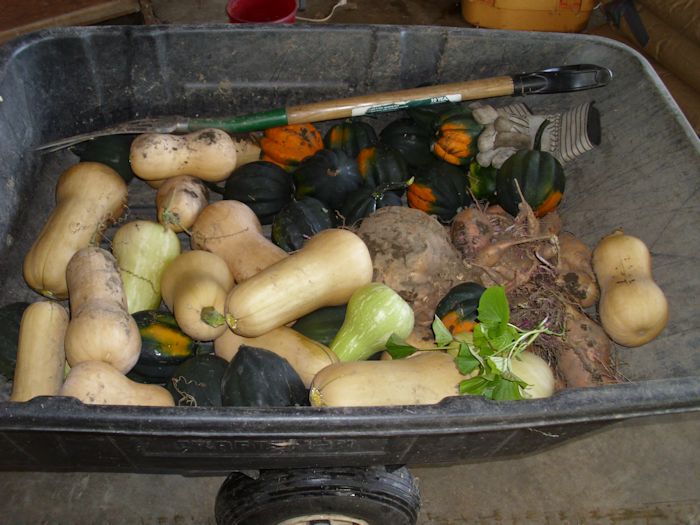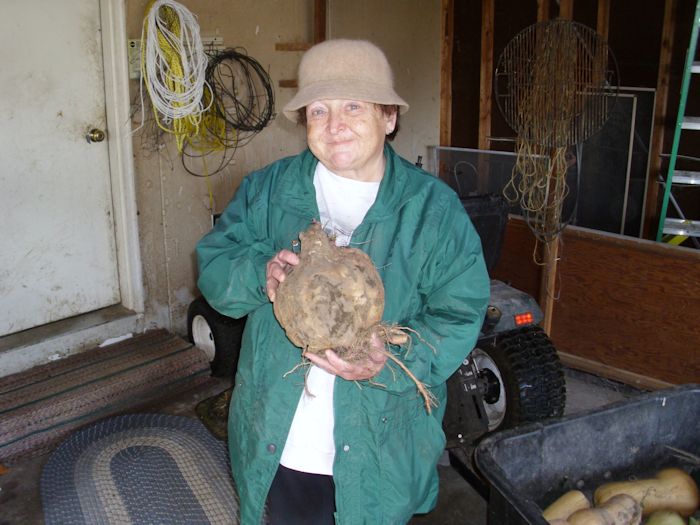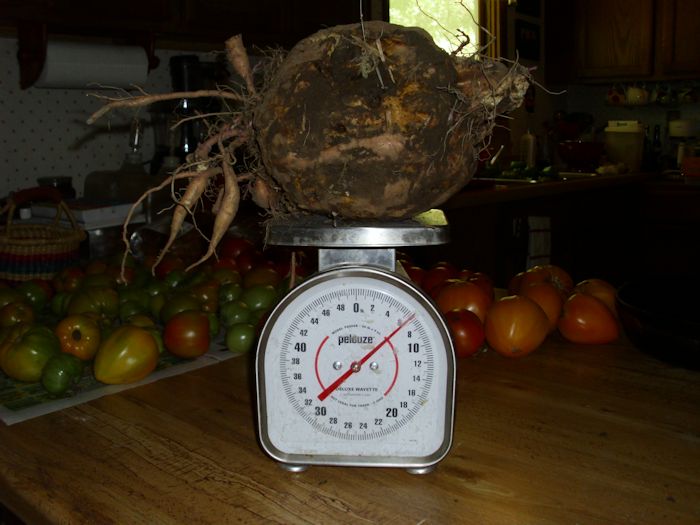Rebecca and I avoid pesticide/insecticide use whenever we can. However, I regret my laissez-faire attitude towards pesticides when we allowed a large family of termites to move into our home. If you find yourself in a similar position, you should be aware that a service provider like this termite control can help you deal with your pests in a sustainable way. Pesticides cost money, are costly to apply, and tend to ruin our health. They also kill pollinators, which are already in short supply. In fact, we’re able to use other solutions for every pest in the garden other than the squash bug. There is a host of bugs that will attack your squash, but the squash bugs seem to be the worst in this area.
Most other bugs are easily picked off (such as the tent caterpillars we squash by hand in the spring), drown in standard dish washing soap, killed using an environmentally safe method, like searching “terminix iowa” on Google and finding the best and closest pest control to you! Mulching (see my Mulching Your Garden post) can also help control bugs, as will keeping your garden weeded. One of the few good reasons to mow your lawn is to keep all sorts of pests under control by reducing the places they can hide. If you read this guide on mole control, you’ll see that mowing the lawn is one of the ways to rid your garden of moles, so it’s worth making the effort to maintain your lawn. (That being said, I’m a strong advocate of mowing the lawn less often to reduce mower emissions and to make the grass a length usable for purposes other than filling the landfill.)
The squash bug will infest a squash or cucumber patch quickly in spring and will continue infesting it until every plant is completely destroyed. Adult squash bugs are incredibly difficult to kill. The pictures I’ve seen online don’t quite depict the monsters that we have in our area:
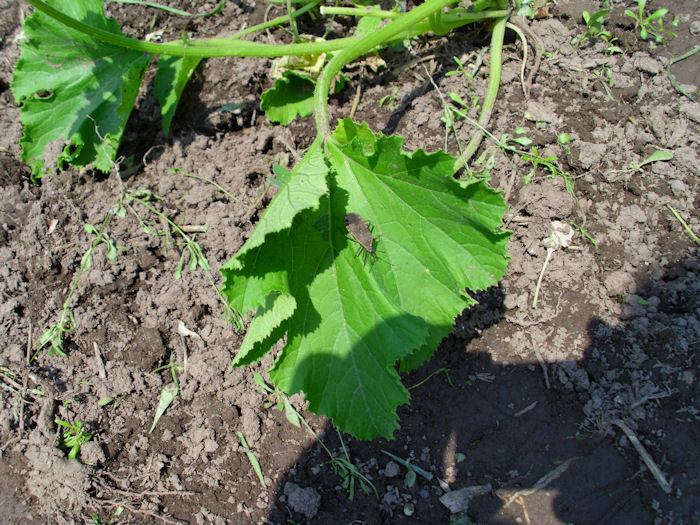
I happen to catch this picture of one of our squash bugs. A single counting on one plant turned up 42 of them–all breeding. As you can see, the picture here shows a bug considerably bigger than the bugs you’ll find on most sites online. I’m not sure why ours grow so large, but they are quite vigorous.
The eggs also aren’t limited to the underside of the leaf. The bugs seem quite happy to put them on both sides of the leaf and in large clusters. Here is just one cluster:
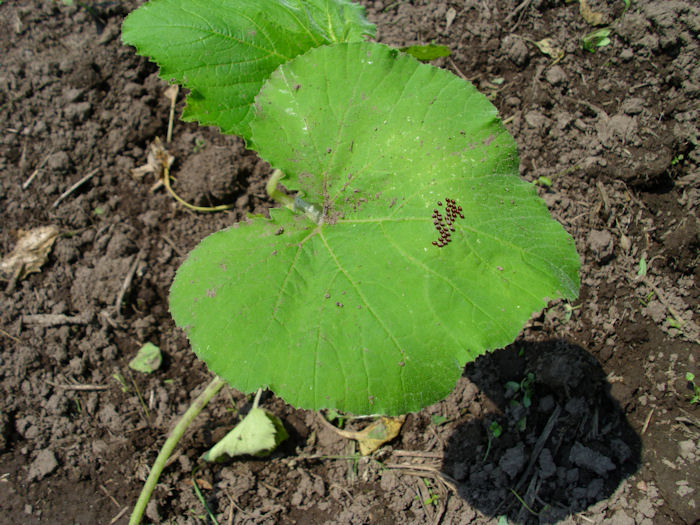
As you can see, this cluster is on the top of the leaf and it isn’t in the V pattern discussed in online sources. The point is to examine the plant thoroughly for squash bugs because they’re determined to destroy your plants.
To keep pesticide use at a minimum, check the leaves regularly for these clusters. Trying to pick the eggs off won’t work–you’ll end up damaging the leaf and it’ll die. The eggs hatch in one to two weeks and get darker as they get nearer to hatching. These eggs are just about ready to hatch, so yesterday I applied Seven (Carbaryl) to the affected plants. I’ve been looking into some of the more environmentally friendly solutions, but so far Seven is the solution that works best. If you have a bug infestation, try some of these other solutions first, before you use Seven.
You can’t apply Seven three days before harvest (more if you want to be careful). In fact, once the plants start blossoming robustly, you don’t really want to use any sort of pesticide (it’s essential to look after pollinator health). The best idea is to look for the squash bugs early in the season and attack them vigorously so that you start with a strong vine. If you see eggs after the blooms start, try drowning them using a limited application of neem oil. Insecticidal soap is completely ineffective on hard bodied squash bugs. Smash adult bugs using your fingers if there aren’t too many of them.
There is a point each season where we lose the bug battle. The squash bugs simply overwhelm every defense we can mount. However, by that time our squash have grown quite large and produced well for us. The vines die too early, but not before they produce usable output for us. To ensure we get enough squash, we simply plant more plants knowing that they will die too early from the invading plague. Yes, we could keep them completely under control using Seven, but only at the cost of our own health and the health of our pollinators, so this approach represents a good compromise that ensures an adequate harvest. Let me know if you have any questions at [email protected].

